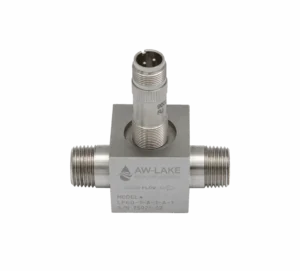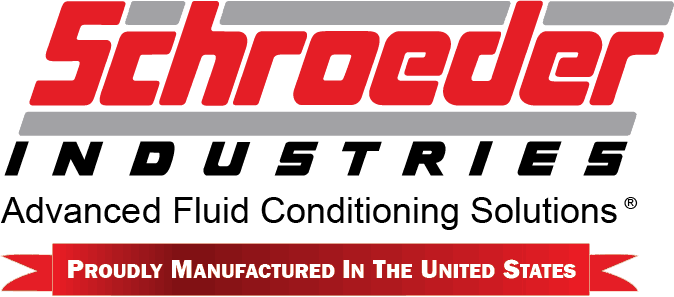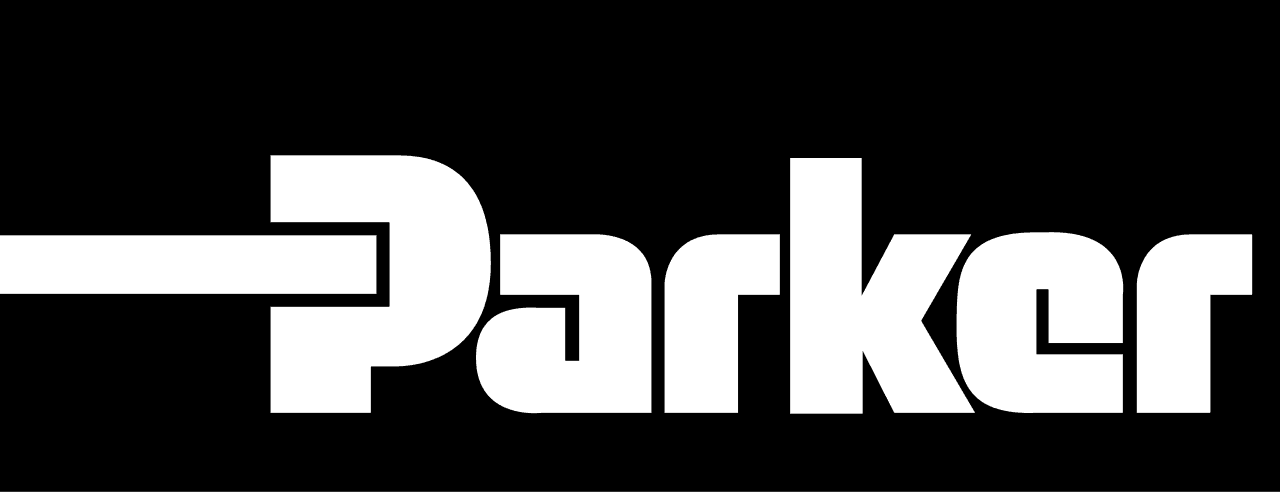David Saunders | March 21st, 2017
If someone talks about an “open loop” or “closed loop” hydraulic system, what exactly do they mean? Fundamentally, the difference can be described in just two sentences, and is most easily defined by the pump: An open loop pump draws all of its flow directly from a reservoir and sends the majority of it directly back to the reservoir after performing its function. A closed loop pump draws most of its flow directly from the return flow of its actuator(s).
Unfortunately, the pros, cons, and implications of each are not quite as easy to summarize and understand. In order to avoid the pain and consequences of choosing the wrong type of circuit for your application, it is wise to think about the big picture design intentions and analyze the merits of each approach.
Here are some questions that you should answer before attempting to make this decision:
What Type and How Many Actuators Do I Need?
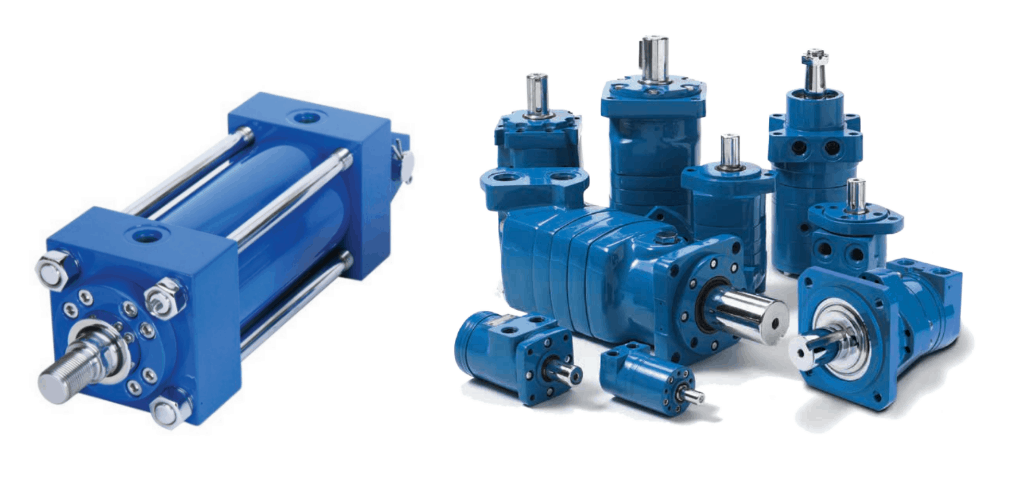
If you are providing flow to cylinders, you most likely don’t want a closed loop. This is because the volume entering one side of a single rod cylinder does not equal the volume going out of the other side. One side or the other would experience a pressure spike or cavitation due to these unequal volumes working against each other. A double rod cylinder could theoretically work until the cylinder reached end-of-stroke. It would be a very uncommon situation in which you could benefit from a closed loop providing flow to cylinders.
Hydraulic motors are the typical actuators in a closed loop. They generally operate bi-directionally and must have some special features to be appropriate. A loop flushing valve and/or relief valves can be built into a closed loop motor. This can eliminate the need for other such components that would have to be installed separately. Find out how to choose a hydraulic motor.
How Much Space Do I Have Available?
A closed loop circuit can operate smoothly in forward and reverse directions without a directional valve being involved. This eliminates the need for the valve component, which can be costly and take up valuable real estate on mobile equipment. This also cuts down on hose and fitting complexity and space.
The closed loop pump is usually a piston pump that is capable of varying between forward, zero, and reverse flow. The swashplate controls this output by pivoting over center. Check out Paul Badowski’s blog on variable displacement pump controls for more details on pump control and functionality.
A closed loop generally requires a much smaller reservoir as well, since most of the fluid is being recirculated in the loop rather than endlessly sucked up and spit back into the tank. The only fluid that comes from the tank is that which is feeding the charge pump. More on that in the discussion of temperature further down.
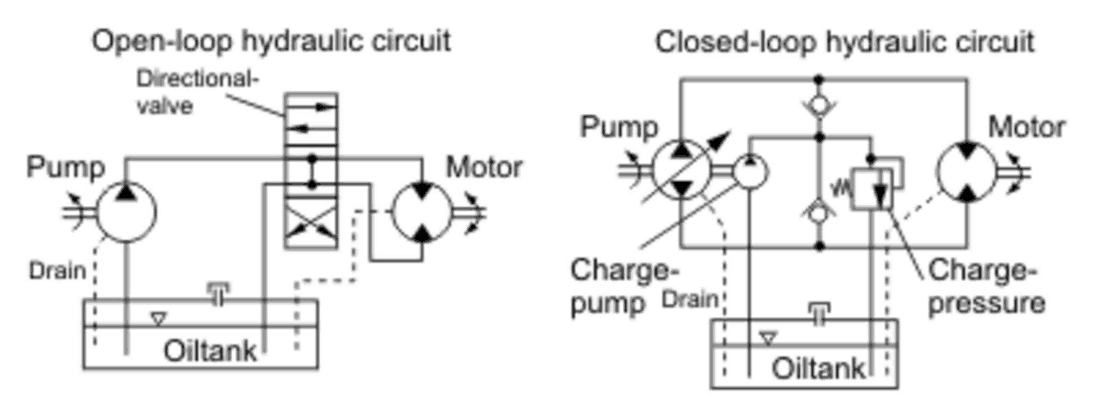
Is The Components’ Weight a Factor?
Similarly to the ability of a closed loop system to take up less space, it generally has a much lower total weight. The largest weight savings can be realized when the reservoir and oil volume can be reduced.
Do I Need Hydrostatic Braking?
A key feature (or challenge) of a closed loop system, especially in vehicle propel applications, is the existence of hydrostatic braking. When you are driving a car and let off the accelerator, your car will continue to coast (if you drive an automatic…). If you are driving a piece of equipment with a closed loop propel system and you let off the accelerator pedal (or joystick, or hand levers as on a zero turn lawn mower), the vehicle will come to an abrupt stop. This can be an advantage because it often eliminates the need for service brakes.
However, this feature is undesirable in cases where high speed is involved and the input device has a quick spring return design. If the operator’s foot were to accidentally slip off the pedal or input device, the machine could violently stop and send him or her flying forward without proper restraint!
Does the System Require an Oil Cooler for Temperature Reduction?

A closed loop will generally operate at a higher temperature than a similar open loop. This is because most of the oil is recirculated and does not have as much time or exposure to conductors such as tank walls and hosing. However, a closed loop can offer the most effective cooling performance for heat exchangers by offering a high temperaturedifferential.
If a mobile machine has both an open and closed loop circuit, along with an oil cooler, then the case drains and flushing valve(s) in the closed loop will enable the bulk of the total heat rejection because of the resulting higher overall “delta T.”
How Precisely Do I Need to Control My Functions?
When a closed loop pump is commanded to stroke in either direction, it is metering oil into either side of the actuator via “positive displacement.” This is more precise and controllable than any valve by nature. A valve opens and closes a small passage and “throttles” flow through a restriction. A piston pump is injecting fluid one piston at a time into the loop and will have inherently better and more consistent control.
With mobile machinery, the best answer is often a combination of open and closed loop circuits running at the same time to perform all of the desired functions. A piece of equipment may have 20 cylinders raising, lowering, extending, etc. It is often most cost effective and best to choose a closed loop for certain specific functions, and provide flow to the rest with an open loop pump and valving.
Regardless of your current system parameters, we at Cross Company are happy to help evaluate the benefits of both of these approaches.

